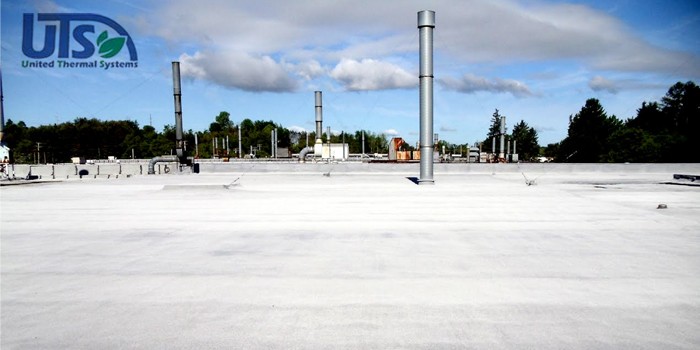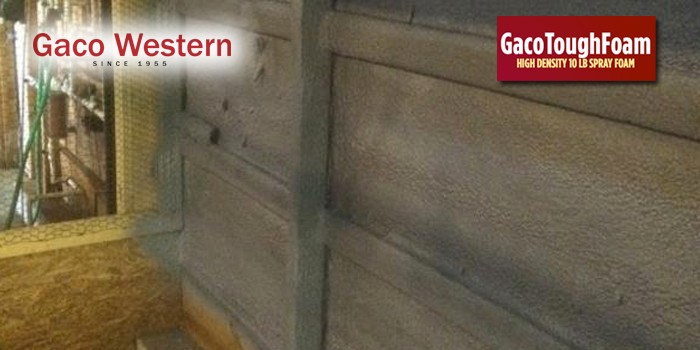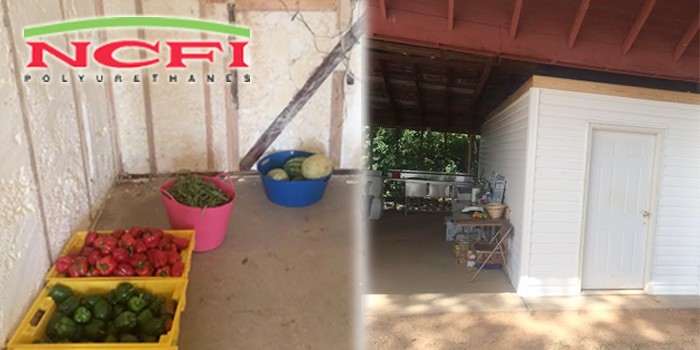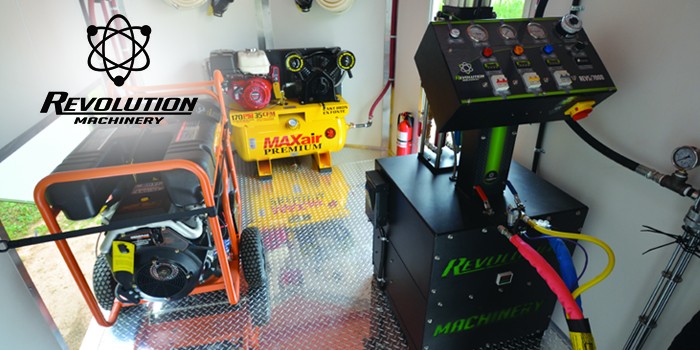Remodeled Virginia High School is Insulated with Closed-Cell Spray Polyurethane Foam
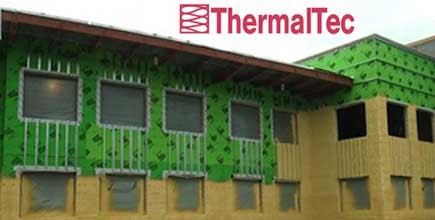
VIRGINIA BEACH, VA – September 17, 2013 – The owners of Floyd E. Kellam High School decided to give their school a complete makeover by constructing a new, state-of-the art facility. To achieve this, they knew a lot of different components would come into play when it came to construction, and one of these components was optimal insulation. Since the owners wanted to have comfortable climates inside their classrooms, they approved the installation of spray foam insulation. During its planning phase, Kellam High was one of the 150 pilot projects that participated in the Sustainable Sites Initiative (SITES) two-year pilot program that came to an end in June 2012.
The new building is begin constructed while school is kept in session in the existing building is set to be demolished once construction of the new building is finished. Nearing its unveiling, the new school building now stands as a two-story, circular 336,410 sq. ft. structure comprised of concrete masonry unit (CMU) blocks. The total square footage includes an inner building in the heart of the facility that has a rotunda roof.
The owners brought in ThermalTec Insulation for the project, which consisted of an exterior application of spray polyurethane foam to the walls of the building. Joe Hogge, ThermalTec's project manager, explained that the exterior application of SPF on the building's walls effectively created a monolithic air barrier.
"It was the most effective way to achieve structural integrity and insulation for a building of this size," said Hogge. "It's the best way to insulate a CMU-based construction with the exception of furring out the walls from the inside, which takes longer. From what I've seen, most schools that are being built now are being insulated from the outside."
The crew used Poly-Tex shade cloth for overspray protection to the windows, finished brick, and door frames throughout the building. Hogge mentioned that being near the beach with the constant construction of the building and the building's actual shape made prep work for overspray protection a noteworthy hardship.

"This job was very complicated," said Hogge. "It was such large school that every time we came back after applying foam to what was finished, there was constantly an influx of finished product directly behind us that we had to worry about getting overspray on. Since the building was constructed in a circular shape, there were wind tunnels on most areas of the building that also made things difficult. "
For the SPF application, the crew utilized InsulBlock, a 2 lb. closed-cell spray polyurethane foam made by NCFI. The crew applied 3.5 inches of foam on the rest of the CMU substrate and the exterior of the theater. Hogge noted that certain sections of the school had metal framing with Gypsum board on the outside. For those sections, fiberglass batts were applied on the inside, so only two inches of foam were required on the outside. According to Hogge, nearly 75 sets of foam were used during the entire project for a total spray area of 100,000 square feet. After the SPF was applied on a given section, metal panels were installed on top of it.
The crew used scissor lifts to be able to apply SPF all around the building for the majority of the project. One area that gave the crew problems was the metal rotunda roof because it wasn't along the edges of the exterior walls, the crew had to get up on the roof to apply foam to the walls of the rotunda. They covered the HVAC units on the roof with shade cloth while they worked up there. Scaffolding was also utilized for different sections of the project. According to Hogge, the rotunda, which at 60-feet was the highest point of the building, was too far from edges of the flat roof, so the ThermalTec crew had to build scaffolding on the flat roof in order to spray its exterior. The crew wore fresh air respirators, Tyvek suits, and they were attached to safety harnesses during the project.
Hogge added that in order to complete the foam application past the outer walls into the rotunda building section, the crew had to use portable kits.
"The biggest hurdle was the rotunda," said Hogge. "We didn't have enough hose to complete all of that so the majority was done with portable spray kits."
The three-man crew had two rigs on site, one was equipped with a Graco Reactor E-30, and the other with a Graco Reactor E-20 proportioner. They utilized a Graco Fusion air-purge spray gun during the SPF application. Hogge said that the use of two machines spraying simultaneously allowed them to stay in sync with the brick laying and metal panel crews, which worked in collaboration with ThermalTec on the outside portion of the school project.

Hogge mentioned that even though his crew was on site mostly ever day, they were delayed by other crews.
"There was a lot of stop-and-go," said Hogge, "We would go and spray for four days straight and then pull off for a week."
Hogge also mentioned that as his crew applied the SPF, there were window areas that did not have flashing installed in them, so the ThemalTec crew would skip those areas and then have to come back to them later.
"It would take two, sometimes three trips back and forth to foam and area we could have done from the beginning," said Hogge.
It took the crew almost a year and a half (from April 2012 to August 2013) to complete. The owners were very happy with ThermalTec's work because they managed to stay on schedule despite some delays, according to Hogge.
"To date, this was the biggest project I've been involved in in terms of size and time," Hogge said. "It was a complex job, because even though it took so long to do, we always had to make sure all the pieces of the puzzle fit. It definitely wasn't easy."
Hogge added that the SPF application is going to provide a comfortable environment for students and teachers, and that it is going to make the school extremely energy-efficient overall.
The new and improved Kellam High School is set open its doors by the end of the year. The school aims to achieve a LEED Gold rating by the time it opens.
About ThermalTec Insulation: Serving Richmond, Virginia, and surrounding areas, ThermalTec Insulation provides insulation and energy audit services. Offering quality service, ThermalTec will go the extra mile to make its customers' commercial building or residential home energy-efficient and successfully cut down on energy costs. For more information on ThermalTec Insulation, please click on the link provided below.
Disqus website name not provided.




